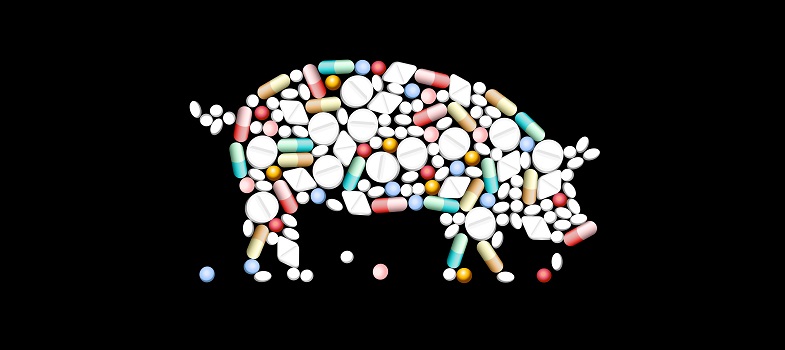Glossary
Special | A | B | C | D | E | F | G | H | I | J | K | L | M | N | O | P | Q | R | S | T | U | V | W | X | Y | Z | ALL
A |
|---|
antimicrobial consumption (AMC)The quantity of antimicrobial drugs imported, manufactured and/or sold for use in human or veterinary medicine in a country. It is typically expressed as the 'defined daily dose’. | |
antimicrobial residuesAntimicrobial drug molecules, or their metabolites, that remain in the meat of an animal after treatment, or are excreted into the environment by an animal or person, or enter the environment via water (e.g. via effluent and wastewater systems or antibiotic treatment of aquatic species) or pharmaceutical waste. | |
antimicrobial resistance (AMR) surveillanceThe collection, validation, analysis and reporting of relevant microbiological and epidemiological data on AMR in foodborne bacteria from humans, animals and food, and on relevant antimicrobial use (AMU) in humans and animals (WHO, 2017). | |
antimicrobial resistant genes (ARGs)Genes that confer antibiotic resistance to bacteria. | |
antimicrobial susceptibility testing (AST)A microbiological test to determine whether bacteria are susceptible or resistant to an antibiotic. | |
antimicrobial use (AMU)The quantity of antimicrobial drugs prescribed or administered to an individual person or animal, or group of animals (e.g. herd, flock), measured at the level of healthcare facility, farm, region or country. It is typically measured as kg of antibiotics. | |
For further information, take a look at our frequently asked questions which may give you the support you need.
If you have any concerns about anything on this site please get in contact with us here.



